#George Fitzmaurice
Text

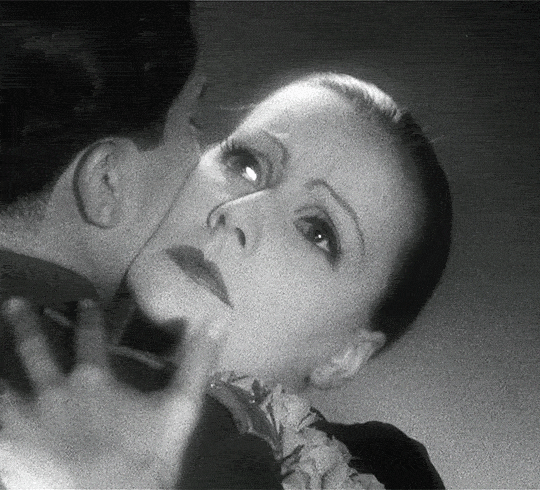
Greta Garbo in Mata Hari (1931) directed by George Fitzmaurice
182 notes
·
View notes
Text
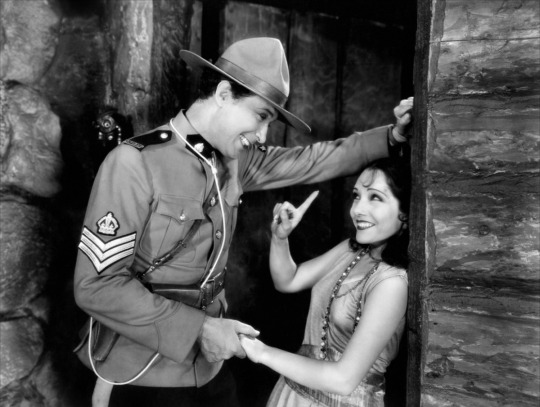
Monte Blue-Lupe Vélez "En la corriente" (Tiger Rose) 1929, de George Fitzmaurice.
54 notes
·
View notes
Text
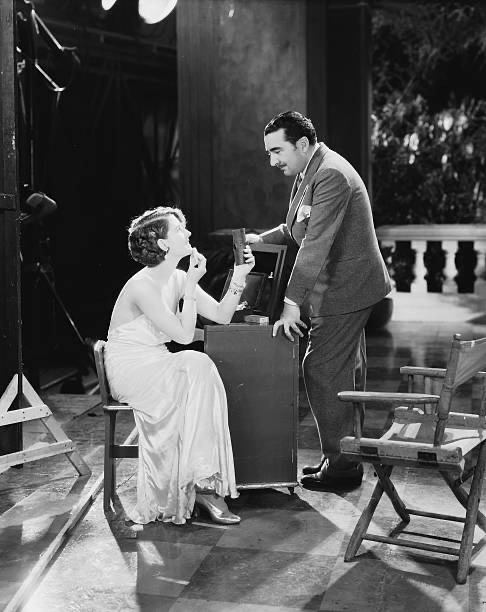
Norma Shearer and director George Fitzmaurice confer while Norma applies her make-up on set of STRANGERS MAY KISS (1931)
36 notes
·
View notes
Text
(Mostly) Lost, but Not Forgotten: A Thief in Paradise (1925)




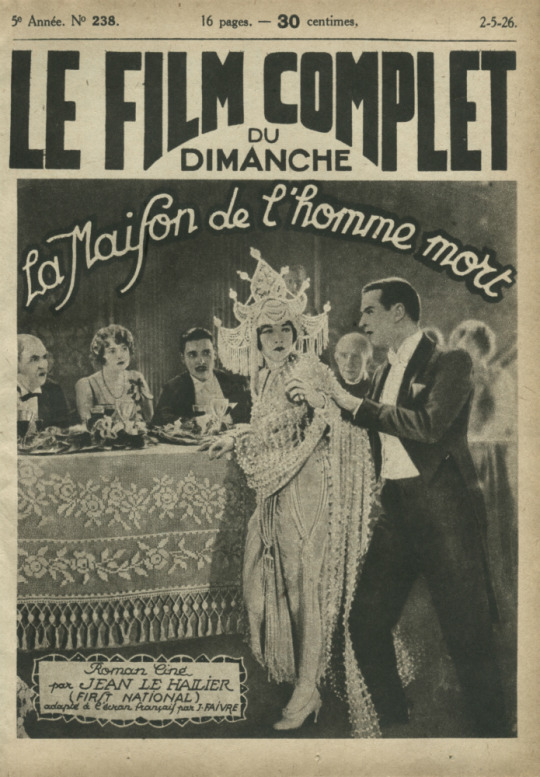
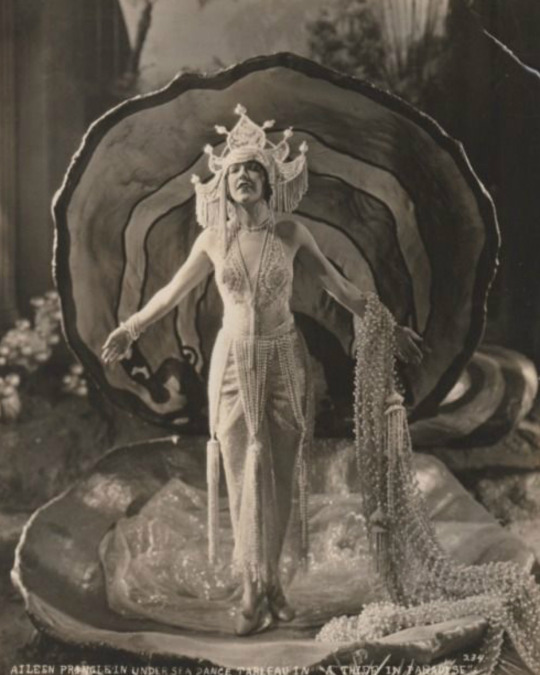

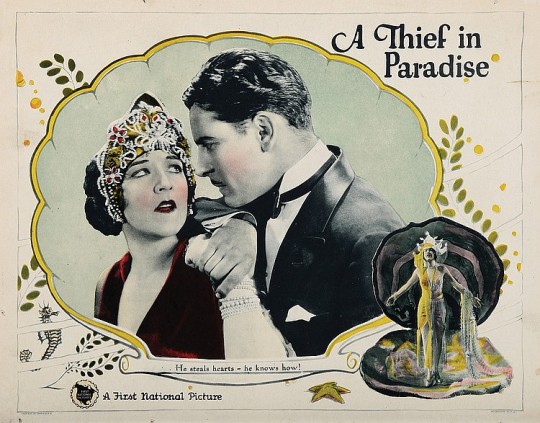
Direction: George Fitzmaurice
Scenario: Frances Marion (learn more at the Women Film Pioneers Project)
Original Novel: Leonard Merrick’s “The Worldlings”
Camera: Arthur C. Miller
Set Design: Anton Grote
Studio: Goldwyn (production) & First National (distribution)
Performers: Doris Kenyon, Ronald Colman, Aileen Pringle, Claude Gillingwater, Alec B. Francis, John Patrick, Charles Youree, Etta Lee, Lon Poff
Polo Players: Nita Cavalier, Virginia Jolly, Martha Wing
Premiere: 25 January 1925 at the Strand, New York
Status: presumed lost, save for a trailer
Length: 7, 231-7,251 feet, or roughly 71 minutes. (8 reels)
Synopsis (synthesized from magazine summaries of the plot):
While pearl diving off the coast of a remote South Seas island, Philip Jardine (Youree) and Maurice Blake (Colman) have a vicious fight underwater over the possession of a valuable pearl. In the struggle, Jardine is cut and subsequently attacked by a shark and killed. Blake manages to escape to shore.

Aileen Pringle & Ronald Colman in A Thief in Paradise from Exhibitors Trade Review, 10 January 1925
Rosa Carmino (Pringle), Jardine’s common-law wife, reveals to Blake that Jardine came from a wealthy family back in the United States. A letter and money has arrived to carry Jardine back home to San Francisco to reunite with his long-estranged father (Gillingwater). Carmino convinces Blake to assume Jardine’s identity. Blake Has doubts, but the promise of a fresh start leads him to accept the proposition. Blake and Carmino travel together to California.
The deception is successful and Blake begins running in high society where he meets Helen Saville (Kenyon). Saville is the daughter of a Bishop (Francis), who happens to be the elder Jardine’s best friend. The old men are keen on the relationship, but Blake is held back by guilt over his deception. Additionally, as part of the identity theft scheme, Blake is bankrolling Carmino’s luxurious bohemian lifestyle.
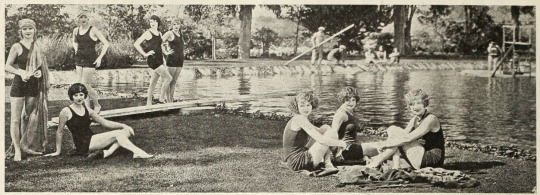
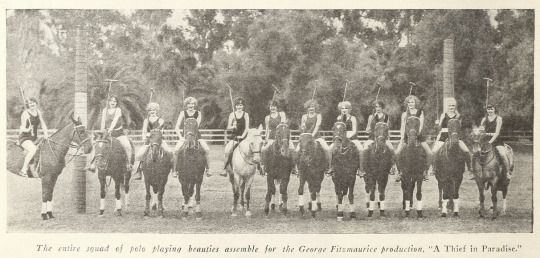
Top: Bathing Beauties in A Thief in Paradise from Exhibitors Trade Review, 10 January 1925 | Bottom: Bathing Beauties in A Thief in Paradise from Screenland, February 1925
On the grounds of the Jardine estate, a bevy of bathing beauties decide to put on a polo match—blondes vs. brunettes. Saville is also spending the day riding, and her horse gets startled and bolts headlong toward a cliff. Blake springs into action and manages to save Saville at the last moment. Overwhelmed by the situation, Blake confesses his love for Saville. The exchange is overheard by Jardine and the Bishop.

Alec Francis, Claude Gillingwater, Doris Kenyon, & Ronald Colman in A Thief in Paradise from Exhibitors Trade Review, 10 January 1925
Jardine throws an extravagant party where he announces the youngsters’ engagement. Unfortunately, Carmino is one of the entertainers hired for the party. Carmino performs a dramatic under-the-sea dance number that creatively retells the story of Blake and Jardine’s underwater battle. As it turns out, Carmino is in love with Blake and she is unpleasantly surprised with the engagement announcement. Carmino threatens to expose Blake. Blake attempts to pay her off.

Under-the-water dance sequence in A Thief in Paradise from Exhibitors Trade Review, 10 January 1925
Blake and Saville are married and head off via airplane to Del Monte Beach for their honeymoon. Blake is overwhelmed with guilt and is working up the courage to make a full confession to Saville. Unbeknownst to Blake, Carmino has followed the couple. Carmino goes straight to Saville, but rather than revealing the deception, she claims that she is Blake’s mistress and that he has been keeping her. Carmino uses the pay-off check Blake gave her as evidence. Saville is heartbroken and immediately returns home.
Blake follows Saville back to San Francisco, where he confesses to both the elder Jardine and Saville. The old man’s heart is also broken as he has accepted Blake as his son and loved him as such. Blake is despondent and shoots himself.
Miraculously, Blake survives and Saville has chosen to stand by him and nurse him back to health. Jardine has accepted Blake as his true son, forgiving the deception. Carmino returns home.

Miscellaneous stills from A Thief in Paradise from Motion Picture News, 26 December 1925 [L to R: John Patrick, Aileen Pringle, Ronald Colman, Pringle, Pringle, Etta Lee, Colman, Doris Kenyon, Kenyon, Colman, Pringle]
Additional sequences featured in the film (but I’m not sure where they fit in the continuity):
Another dance sequence by Pringle as Carmino staged in her studio apartment
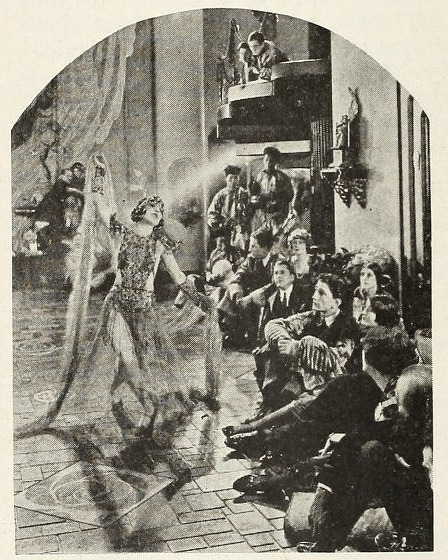
Aileen Pringle in A Thief in Paradise from Exhibitors Trade Review, 10 January 1925
The Bishop Saville and Jardine play chess and the Bishops cheats, is caught by Jardine
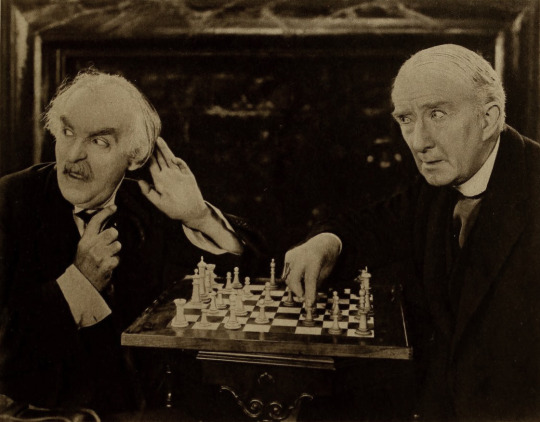
Claude Gillingwater & Alec Francis in A Thief in Paradise from Motion Picture Magazine, March 1925
Four old men are left to care for a baby and are at a loss
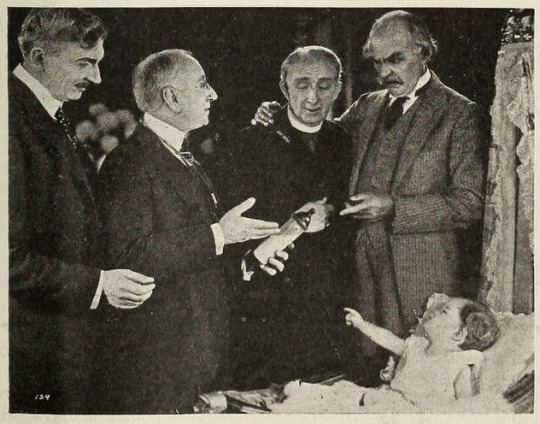
Four old men (Alec B. Francis & Claude Gillingwater to right) in A Thief in Paradise from Exhibitors Trade Review, 10 January 1925
A snafu regarding a taxicab losing its wheel, driver is upset
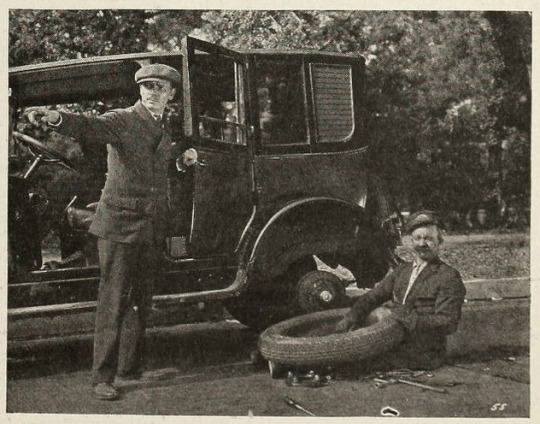
Taxicab snafu in A Thief in Paradise from Exhibitors Trade Review, 10 January 1925
---
Points of Interest:
Contemporary blurb that describes the under-the-sea dance sequence in more detail:
“By a combination of photography and set design, gigantic fish swim about among the coral trees and huge sea shells. Even the human participants in the under-sea dance make their entrance as divers swimming down from the surface to the immense shell on the ocean’s floor which serves as the hiding place of the stellar feminine dancer who is clad in a symbolic costume of pearls.
“In order to enhance the brilliancy of the picture, the entire set, including coral, shells and floor of the sea, was finished in bright silver and the costumes of the dancers were made entirely of especially constructed luminous silver and gold cloth. Even the natural flicker of light and shadow which characterizes scenes actually filmed under water was reproduced by the technicians.
“The marine dance tableau constitutes a play within a play in “A Thief in Paradise.” It is the entertainment provided by the host at a lavish engagement party given in honor of two of the principals and also has an important dramatic value in developing one of the many dramatic moments of the story.”
- Moving Picture World, 10 January 1925
Based on some of the stills, I think it’s possible that Aileen Pringle may have had a double for this dance sequence, but no other dancers are credited. There is also no credit I could find for a choreographer.
The amount of pure spectacle packed into a mere seventy-one minutes is astounding to me! Knowing how skilled Frances Marion was as a scenarist, I don’t doubt that A Thief in Paradise managed to deliver plot just as well as it (according to contemporary reviews) delivered the spectacle. Film historians have been working for years to restore Marion’s rightful place as a crucial figure in American film history, so examples of her work being lost sting just that much more.
Despite the fact that A Thief in Paradise was a huge success and a top box-office draw of 1925, comparatively little digitized material exists online. Most notably absent are stills from the South Seas portion of the film.
This Ronald Colman fan website has some screenshots from the extant trailer as well as a digitized copy of a program from ATiP’s German release.
Hawaiian actress Etta Lee also appears in this film as Carmino’s maid. I ended up going down a bit of a rabbit hole reading about Lee and will probably end up doing a spin-off of this post about her career. You may recognize Lee from her roles in The Untameable (1923), The Toll of the Sea (1922), or The Thief of Baghdad (1924)
☕Appreciate my work? Buy me a coffee! ☕
---
Transcribed Sources & Annotations over on the WMM Blog!
#1920s#1925#Ronald Colman#Aileen Pringle#Doris Kenyon#Etta Lee#george fitzmaurice#silent cinema#silent film#lost film#classic movies#classicfilmblr#american film#Goldwyn#silent movies#film history#history
17 notes
·
View notes
Photo

Ronald Colman et Vilma Banky dans ''The Dark Angel'' (1925) - Source Ronald Colman Appreciation Society.
22 notes
·
View notes
Photo
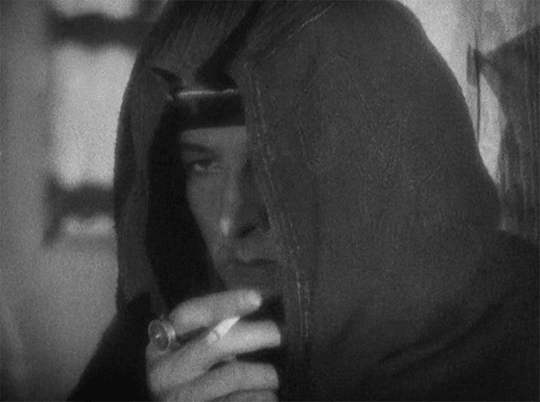
The Son of The Sheik (George Fitzmaurice, 1926)
#rudolph valentino#george fitzmaurice#the son of the sheik#classic film#classicfilmsource#classicfilmblr#silent film#silent film stars#silent era#1920s#my gifs
36 notes
·
View notes
Photo

Ramon Novarro and Greta Garbo in Mata Hari (George Fitzmaurice, 1931)
Cast: Greta Garbo, Ramon Novarro, Lionel Barrymore, Lewis Stone, C. Henry Gordon, Karen Morley, Alec B. Francis, Blanche Friderici, Edmund Breese, Helen Jerome Eddy. Screenplay: Benjamin Glazer, Leo Birinsky. Cinematography: William H. Daniels. Art direction: Cedric Gibbons. Film editing: Frank Sullivan. Costume design: Adrian. Music: William Axt.
Garbo ... dances? Well, only if you call the posing, prancing, and strutting she does before a statue of Shiva in George Fitzmaurice's Mata Hari dancing. It unaccountably brings on a storm of applause, though that may be because we don't see the finale of the dance that audiences saw in the original pre-Code version of Mata Hari: an apparently nude Garbo. The movie was such a big hit for Garbo that it was re-released after the Production Code went into effect three years later, at which time the censors swooped in with their scissors, cutting not only the nude scene -- which in any case featured Garbo's body double with only a suggestion of nudity -- but also some scenes showing Mata Hari and Lt. Rosanoff (Ramon Novarro) in bed together. The film is mostly proof that Garbo in her prime could sell almost anything, even this piece of MGM claptrap. Here she vamps a very pretty Novarro, playing a Russian aviator with a Mexican accent, and connives with the Russian general overplayed by Lionel Barrymore and the sinister spymaster played by the almost as hammy Lewis Stone. Swanning about in some preposterous outfits by Adrian, Garbo's Mata Hari is the typical wicked lady -- she even persuades Rosanoff to snuff the candle he has promised his mother to keep burning before the icon of Our Lady of Kazan -- redeemed by love. Rosanoff atones for his weakness by being blinded in a plane crash, and Mata Hari conceals from him the fact that she's been sentenced to the firing squad and goes off bravely to face her doom. They don't make them like this anymore, and there's a reason: They have no Garbos.
3 notes
·
View notes
Text
The Son of the Sheik, 1926
The Son of the Sheik, 1926
The Son of the Sheik is a 1926 American silent adventure/drama film directed by George Fitzmaurice and starring Rudolph Valentino and Vilma Bánky. The film is based on the 1925 romance novel The Sons of the Sheik by Edith Maude Hull, and is a sequel to the 1921 hit film The Sheik, which also stars Rudolph Valentino. The Son of the Sheik is Valentino’s final film and went into general release…
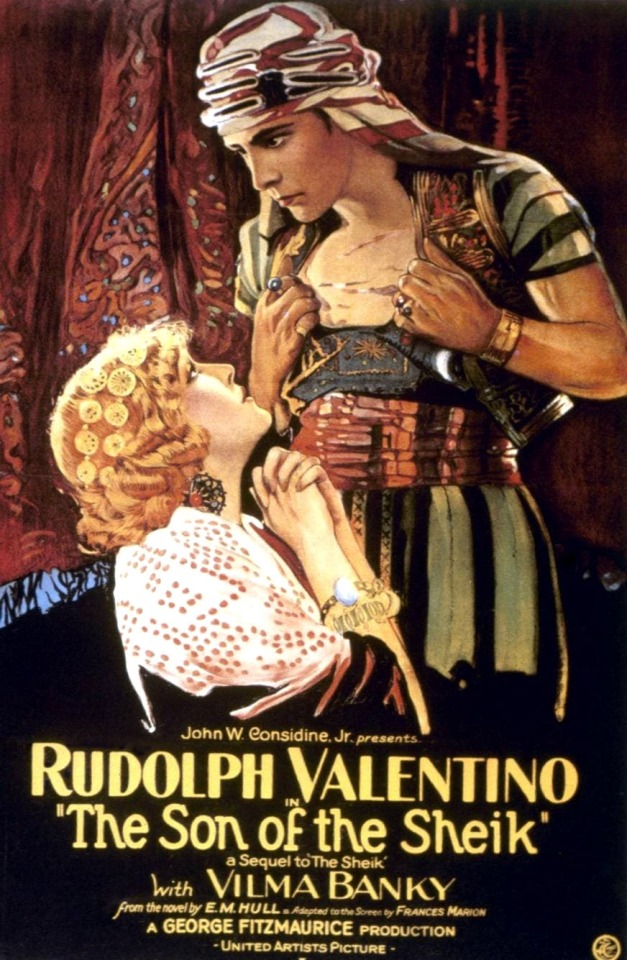
View On WordPress
3 notes
·
View notes
Photo

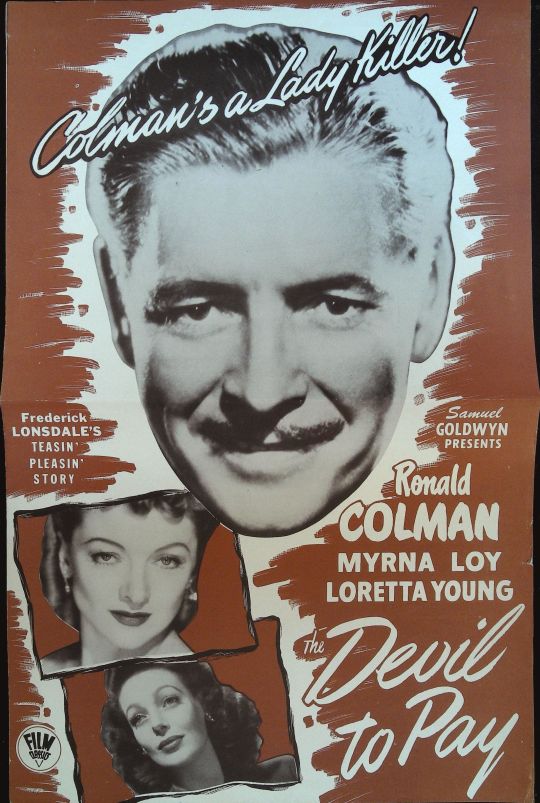


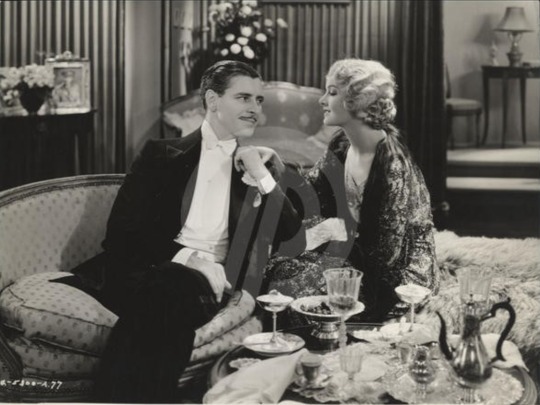
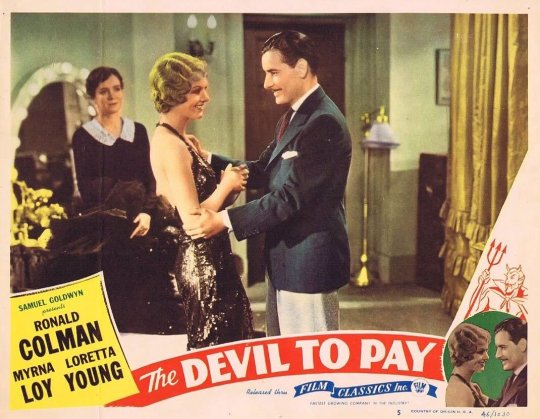
The Devil to Pay! (1930) George Fitzmaurice
July 18th 2022
#the devil to pay!#1930#george fitzmaurice#ronald colman#loretta young#myrna loy#frederick kerr#david torrence#florence britton#paul cavanagh#pre-code
3 notes
·
View notes
Text


15 July 1932: Jean at a premiere with Harry Cohn and George Fitzmaurice
#1932#july 1932#jean harlow#harry cohn#george fitzmaurice#1930s#jean harlow 1930s#strange interlude premiere
0 notes
Photo

#King Charles III#Queen Camilla#Prince George#Royal Family#annabel elliot#fiona petty-fitzmaurice marchioness of lansdowne#ralph tollemache#lord oliver cholmondeley#nicholas barclay#freddy parker bowles#arthur elliot#gus lopes#louis lopes#Coronation#Buckingham Palace
1 note
·
View note
Text

Jack Stone-Colleen Moore "El gran combate" (Lilac time) 1928, de George Fitzmaurice.
5 notes
·
View notes
Text
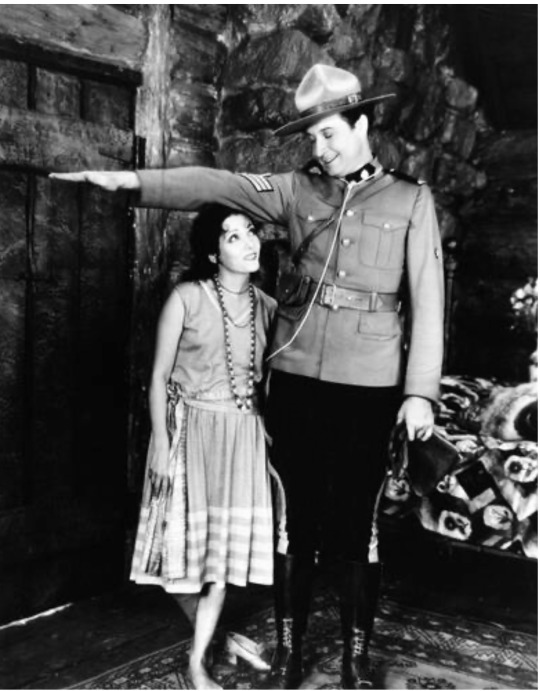



Lupe Velez and Monte Blue in TIGER ROSE (1929), directed by George Fitzmaurice
74 notes
·
View notes
Photo





Greta Garbo in Mata Hari (1931) dir. George Fitzmaurice
#greta garbo#mata hari#mata hari 1931#old hollywood#oldhollywoodedit#classicfilmedit#filmedit#vintage#vintagedit#jp=2#*matahari
942 notes
·
View notes
Text
The world's first feature length film?
Okay, I know Wikipedia is more useful as a starting point for further research than an end in and of itself, but lately, the errors I've been catching on it in regards to film stuff are... annoying.
First, when I was doing research for my No Bail for the Judge post, scholar Frederick Gustafsson pointed out that Wikipedia doesn't even have Sean Hepburn Ferrer's correct birthday.
Then, when I was looking up some info on the 1931 Norma Shearer film Strangers May Kiss last night, the Wikipedia page on the movie claims the director George Fitzmaurice was uncredited.... even though the opening title card calls the film "A George Fitzmaurice Production."
And now we have its list of animated feature films made before 1940. Now, I've been on this page a few times, mainly when looking up pre-Snow White titles. However, I noticed something different recently, something I don't recall being there:

For a long time, I've read El Apostol from 1917 was the first animated feature film. Though lost, we do have accounts of its production, some images of character designs, ads from its release, and reviews. However, now we have it being supplanted by a 1916 film called Creation. And directed by Pinto Colvig, no less! (For those unaware of who he is, he's best remembered as the original voice of Goofy and the voice of Grumpy in Snow White.)
So I'm intrigued, as in all my years of reading about animation, I have never heard of this film. I go on the Internet Archive to look up any mentions of this film from movie magazines and publications of the time.
Nothing pops up.
There's no mention of it on the Silent Era website database.
There's no mention of it in the AFI Catalog.
It has an IMDB page, but the information on there is basically nil beyond a few surviving frames and a document by Colvig himself from the mid-60s claiming the film was the first animated feature and naming the three animators who worked on it, including Colvig. But that's all it is-- a claim. See below:

So where is this thing mentioned? The Southern Oregon Historical Society mentions it in their article on Colvig. It says the film is "claimed to be the world's first feature-length cartoon."
Okay... but they never say who claims this. Colvig? His animators? Trade publications of the period? Historians? Who?
They never mention how many reels this thing ran for, which would give credence to the claims of its feature status.

Five frames still exist and are apparently housed at the archives of the Southern Oregon Historical Society. So there was indeed an animated film called Creation-- perhaps a work in progress that was never finished? However, I see no evidence that this work was a feature length movie or that it was ever released to the public in any capacity.
12 notes
·
View notes
Photo

Kay Francis and Ronald Colman in Raffles (George Fitzmaurice, 1930)
Cast: Ronald Colman, Kay Francis, David Torrence, Frederick Kerr, Bramwell Fletcher, Alison Skipworth, John Rogers, Wilson Benge, Frances Dade. Screenplay: Sidney Howard, based on a novel by E.W. Hornung and a play by Eugene Wiley Presbrey. Cinematography: George Barnes, Gregg Toland. Art direction: Park French, William Cameron Menzies. Film editing: Stuart Heisler.
Samuel Goldwyn's 1930 version of the old chestnut Raffles, about a gentleman jewel thief known as "the amateur cracksman," was reportedly made as both as a silent film and a talkie simultaneously. It's easy to spot scenes that would work in both versions, such as the one in which Raffles (Ronald Colman) woos Gwen (Kay Francis) in an automobile: We see them through the windshield, but we don't hear what they're saying -- just the sound of the engine running. Colman was one of the silent stars who made the transition to talkies easily, possessing not only good looks but also a speaking voice to match, and his performance in Raffles looks and sounds natural and easy-going. The film, unfortunately, still suffers from some of the sluggishness of early talkies, with dialogue that doesn't flow but chugs along, with pauses between lines that feel as if they're waiting for a title card to be inserted. It's a pre-Production Code film, so Raffles doesn't have to be punished for his crimes at the end -- he simply escapes, with the Scotland Yard inspector who has almost nabbed him admitting in the film's curtain line, "One can't help liking him." The movie was nominated for an Oscar for sound recording, and the nominee, Oscar Lagerstrom, was attentive to background noises like footsteps and car engines, though the version of the film available today is notable for the rumbles and whispers of the soundtrack, unsweetened by a music score.
0 notes